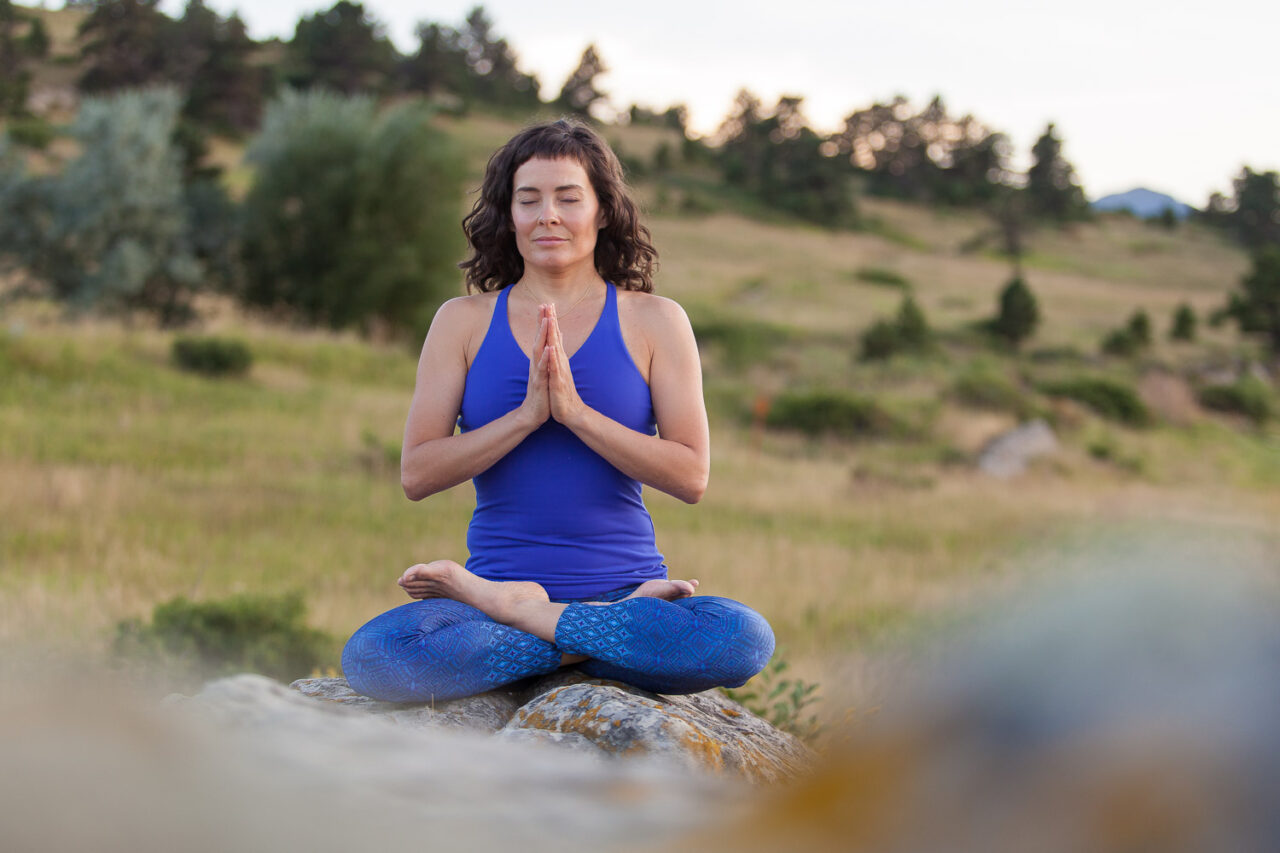How to Meditate? Tips for Developing Your Suitable Reflection Space
How to Meditate? Tips for Developing Your Suitable Reflection Space
Blog Article
Exactly How to Meditate: A Step-by-Step Technique to Achieving Mindfulness and Tranquility
Meditation offers as an effective device for accomplishing mindfulness and emotional calm in a hectic globe. By understanding the basic concepts and methods included in reflection, people can cultivate a technique that boosts their general wellness.
Comprehending Meditation
Recognizing reflection entails understanding its basic principles and methods, which act as the structure for the technique. At its core, meditation is a mental workout focused on promoting leisure, constructing inner energy, and developing concern and understanding. The technique encourages individuals to concentrate their focus, commonly with strategies such as deep breathing, visualization, or rule repeating.
Meditation can be categorized into various styles, consisting of mindfulness, transcendental, and loving-kindness reflection, each with distinct purposes and techniques. Mindfulness meditation stresses present-moment understanding and non-judgmental observation of feelings and thoughts, while transcendental reflection involves making use of particular rules to go beyond average idea processes. Loving-kindness meditation focuses on creating an attitude of love and empathy in the direction of oneself and others.
No matter of the technique utilized, the main objective continues to be consistent: to grow a deeper understanding of the mind and its patterns. This self-awareness fosters psychological durability, quality of thought, and a profound feeling of calm (How to meditate?). By comprehending these strategies and concepts, individuals prepared for a successful meditation method that can significantly boost their overall wellness
Getting Ready For Your Practice
Before starting your reflection practice, it is vital to produce a setting conducive to focus and relaxation. Select a quiet area where you are not likely to be interrupted. This can be an edge of a space, a yard, or any place that stimulates a sense of tranquility. Guarantee that the location is totally free and tidy of clutter, as a neat atmosphere can assist clear the mind.
Think about the illumination, as all-natural light can boost your state of mind and power. Soft, cozy lights is typically much more soothing than severe fluorescent lights. Additionally, pick a comfy temperature, making sure that you are neither too warm neither also chilly.
Including components that advertise peace can better boost your experience. This might include soft pillows or coverings for convenience, as well as soothing aromas from necessary oils or incense. It can also be useful to have a timer established for your meditation session to prevent disturbances from clock-watching.
Fundamental Meditation Techniques

One more efficient strategy is body scan meditation. This includes mentally scanning your body from head to toe, seeing any type of areas of stress or pain and consciously loosening up those muscle mass. This practice fosters a deeper link between your mind and body.

Finally, loving-kindness reflection concentrates on growing concern in the direction of on your own and others. Calmly repeat phrases of goodwill, boosting emotional health and interconnectedness. Each of these techniques functions as a foundation for your meditation trip, allowing you to discover the method that reverberates finest with your individual technique.
Preserving Focus and Mindfulness

Establishing a dedicated meditation area can enhance the ability to preserve mindfulness. A quiet, minimalist atmosphere decreases disturbances, enabling much deeper immersion in the technique. Additionally, setting a time limit can help handle expectations; starting with shorter sessions may reduce the change right into longer methods.
Utilizing techniques such as body scanning or observing sensations can additionally reinforce mindfulness. These methods urge professionals to stay existing and engaged with their physicality, anchoring their interest in the moment. Regular practice is necessary; the mind constructs strength gradually, producing a stronger capability for focus.
Incorporating Meditation Into Daily Life
Incorporating reflection into life can transform routine activities right into opportunities for mindfulness and self-reflection. By incorporating mindfulness why not try this out practices right into typical tasks, people can grow a higher feeling of visibility and serenity in the middle of the numerous hours of everyday life.
Begin by recognizing moments throughout your day where you can practice and stop mindfulness. Even ordinary tasks like cleaning meals or strolling can become chances for reflection by routing your interest to the feelings of activity and the sounds bordering you.
Additionally, establishing aside devoted times for meditation you can try these out can enhance its method. Beginning with short sessions, slowly boosting period as you end up being more comfortable. Use reminders or cues-- like a certain time of day or a relaxing audio-- to develop consistency.
Ultimately, the objective is to weave mindfulness into the material of everyday life, enabling you to approach each minute with intention, thereby enhancing your overall feeling of health and quality.
Final Thought
In conclusion, effective meditation requires a quiet environment, a comfy setting, and an emphasis on the breath. Routine reflection, even in short sessions, cultivates a deeper connection to the existing minute, eventually leading to higher calm and psychological quality in everyday life.
Meditation can be categorized into numerous styles, consisting of mindfulness, transcendental, and loving-kindness reflection, each with distinct functions and approaches. Mindfulness meditation emphasizes present-moment understanding and non-judgmental observation of feelings and ideas, while transcendental reflection includes the usage of specific mantras to transcend normal thought processes.With your reflection area prepared, it's time to check out different standard meditation techniques that can aid grow mindfulness and internal peace.Constantly right here keeping focus and mindfulness throughout reflection can be difficult, particularly for those new to the method.Establishing a specialized meditation room can boost the ability to keep mindfulness.
Report this page